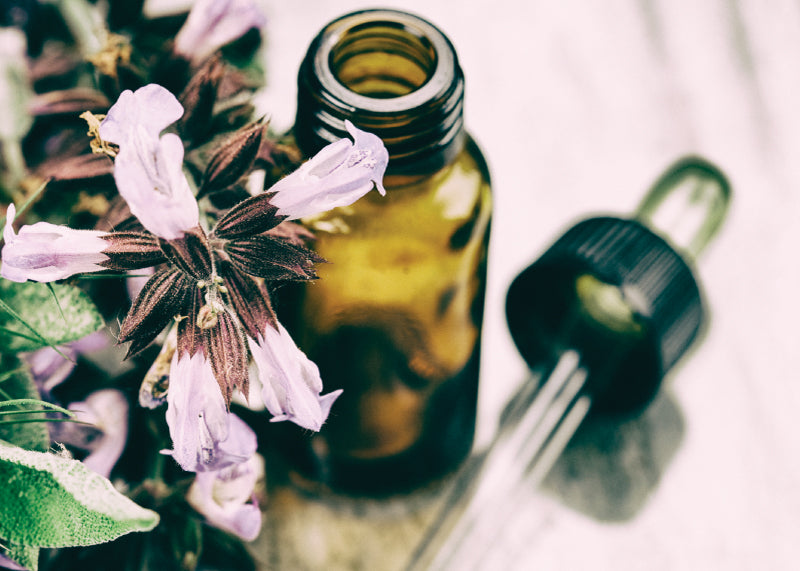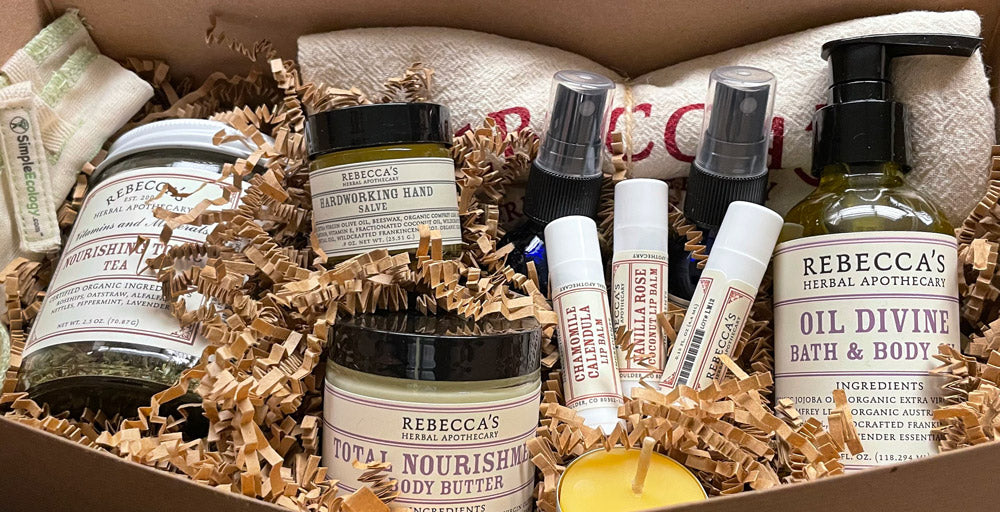Essential Oil Safety Guidelines
Essential Oil Safety Guidelines
- Use only pure essential oils derived from plants.
- Always research an essential oil before using it for the first time. They are powerful, concentrated oils and can have adverse effects if used improperly.
- Do not apply essential oils directly to the skin. Dilute with a carrier oil making the essential oil at 1-3% of the total volume.
- Avoid contact with eyes and mucous membranes.
- Do not use essential oils internally unless you are under the care of a medically qualified practitioner (see Aromatherapy Registration Council).
- Store essential oils away from light and heat.
- Use caution with photosensitizing oils before sun exposure. These include, but are not limited to, Bergamot, Lime, Orange, Lemon, Grapefruit and Tangerine.
- Essential oils are highly flammable and should be kept away from direct contact with flames, such as candles, fire, matches, etc.
- Use caution when choosing essential oils during pregnancy and nursing. Be sure to choose oils that are safe for you and your baby.
- Keep essential oils out of reach of children and pets.
- Use caution when choosing essential oils for children. Dilute with a carrier oil using no more than 1% essential oil and make sure to choose non-toxic essential oils that are safe for children.
How Do I Use Essential Oils?
- Direct inhalation
- Aromatherapy diffuser or nebulizer
- Topical application, always dilute in a carrier oil at 1-3% essential oil
- In body care products; oils, salves, spritzers, soaps, lotions, etc.
- In the bath, dilute essential oils into a carrier oil or salt before adding to the bath
Dilution Guidelines
- 1% dilution = 5-6 drops of essential oil to 1 fluid ounce of carrier oil
- 2% dilution = 10-12 drops of essential oils to 1 fluid ounce of carrier oil
- 3% dilution = 15-18 drops of essential oils to 1 fluid ounce of carrier oil
Reputable Sources for Essential Oil Research, Safety & Education
Alliance of International AromatherapistsAromatherapy Registration Council
International Federation of Aromatherapists
National Association for Holistic Aromatherapy
Recommended Reading on Essential Oil Safety
Aromatherapy: A Complete Guide to the Healing Art by Kathi Keville and Mindy GreenEssential Oil Safety: A Guide for Healthcare Professionals by Robert Tisserand
The Encyclopedia of Essential Oils by Julia Lawless
What does “Therapeutic Grade” mean?
There is no regulating body that “approves” essential oils or determines which essential oils are “therapeutic grade”. The term “therapeutic grade” is purely a marketing term that was developed by a large multi-level marketing company in the 90s. Many essential oil providers have adopted the term simply because consumers have gotten used to it and it is an easy way to say “we have high quality, pure essential oils”. But anyone can make the claim “therapeutic grade” on their essential oils without having to prove their oils are pure and/or unadulterated.
Alliance of International Aromatherapists Statement on the Internal Use of Essential Oils:
AIA does not endorse internal therapeutic use (oral, vaginal or rectal) of essential oils unless recommended by a healthcare practitioner trained at an appropriate clinical level. An appropriate level of training must include chemistry, anatomy, diagnostics, physiology, formulation guidelines and safety issues regarding each specific internal route (oral, vaginal or rectal).
How does Rebecca’s Source their Essential Oils?
Sourcing is one of the most important things we do here at Rebecca’s Herbal Apothecary. We take great pride in the quality of our essential oils, and want to make sure that our customers have the very best. We work with a variety of suppliers and always focus on organic or wild crafted whenever possible. All of our essential oils are 100% pure plant oils without any added ingredients. A few exceptions are oils that come as a solid and are diluted into carrier oil to make it liquid, as well as a couple of precious oils that we offer diluted to make more affordable to our customers. These exceptions are noted on the label and on the website.




